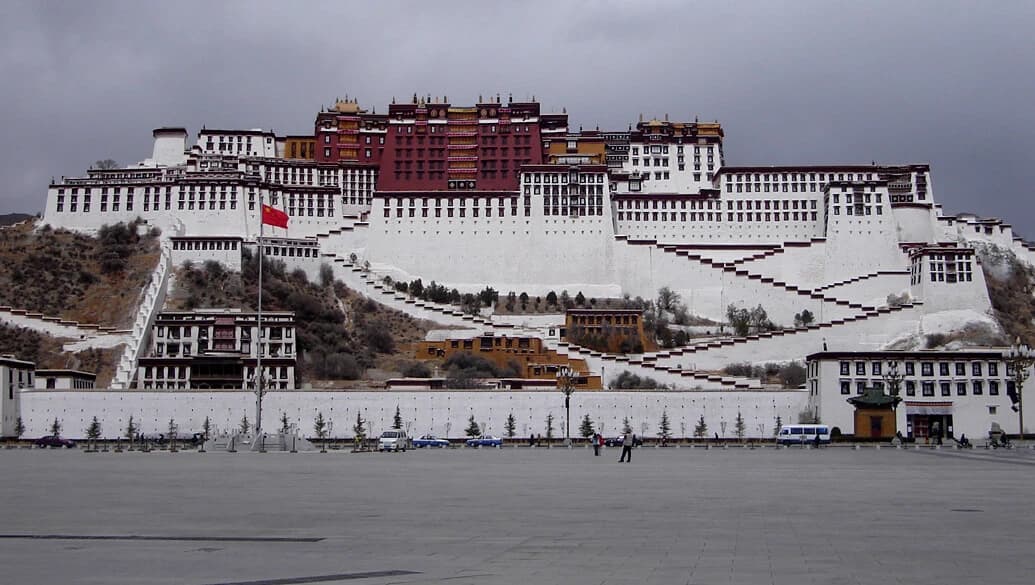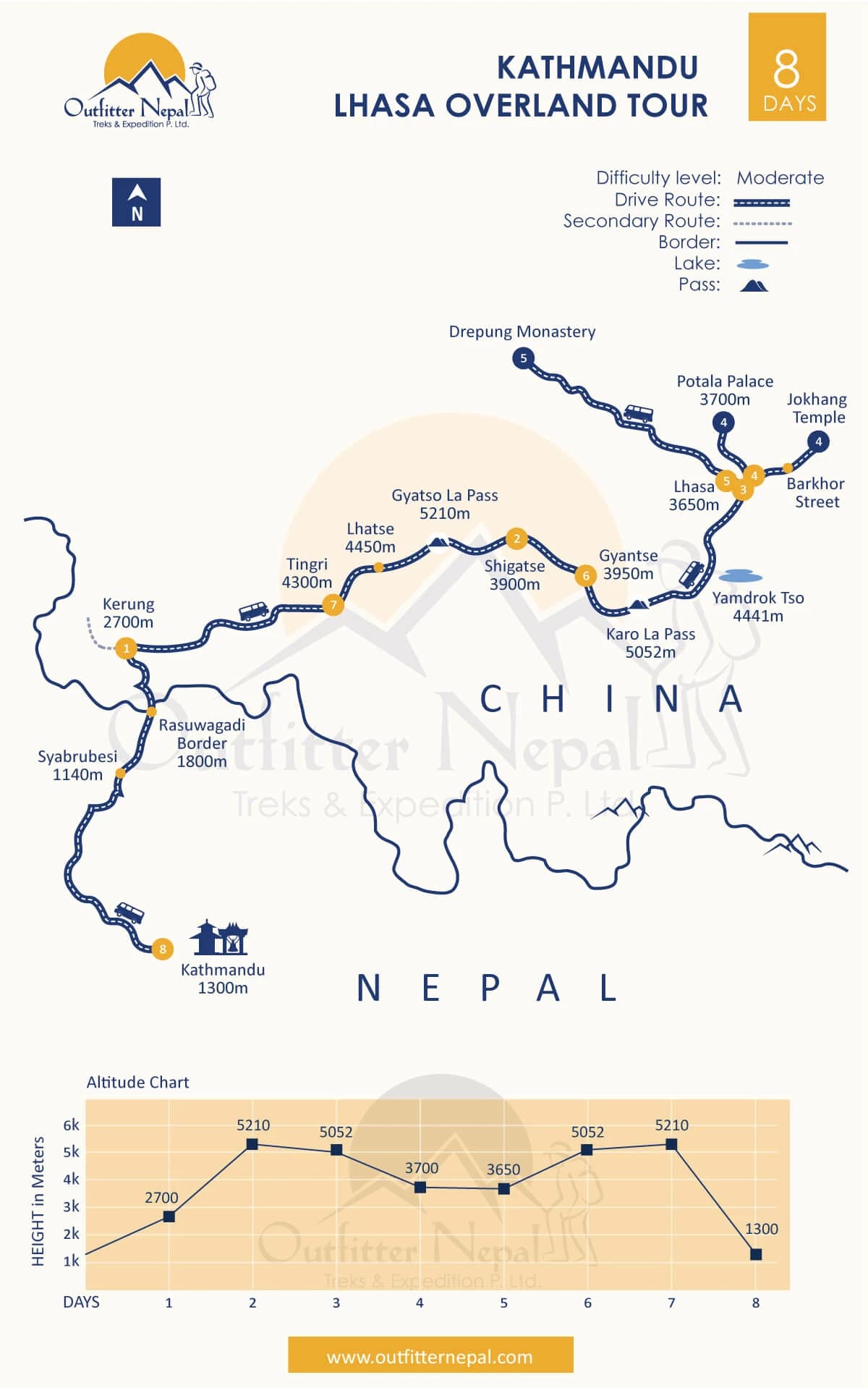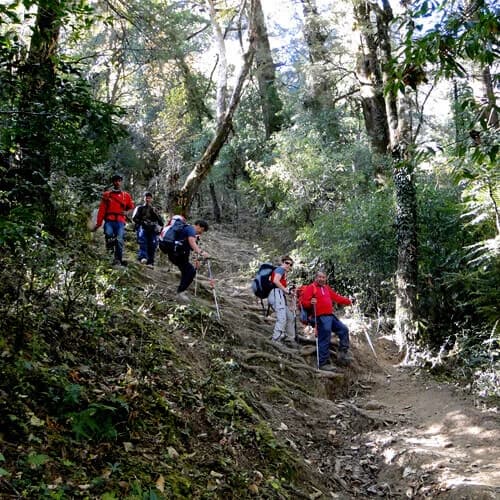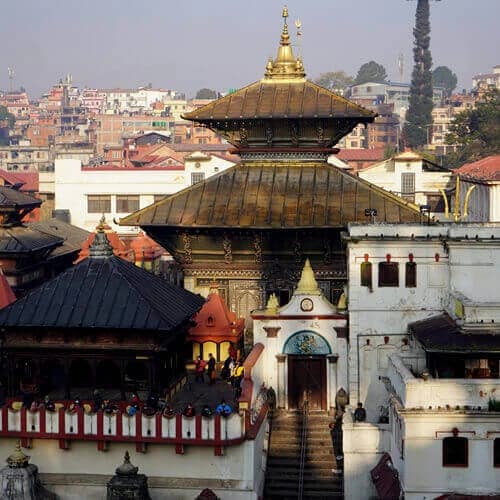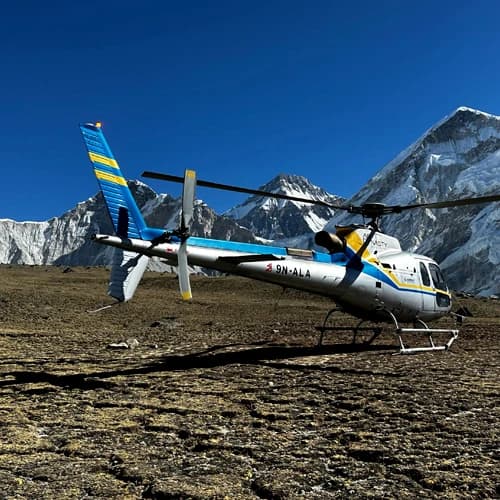Kathmandu Lhasa Overland Tour Trip Highlights:
- Experience an astounding overland road journey from Kathmandu to Lhasa with breathtaking views of the Himalayas.
- Venture into the heart of Tibet and explore ancient Tibetan Buddhist Monasteries and Spiritual Monuments.
- Explore the pristine lakeside villages and savor traditional dishes and beverages.
- Visit UNESCO World Heritage Sites, including the Jokhang Temple and Potala Palace.
- Have a relaxing walk around Barkhor Street and immerse yourself in the local lifestyle.
- Learn about the Buddhist scripture at Sera Monastery.
- Photograph the magnificent views of the Karola Glacier.
- Admire the majestic view of the Gyantse Fortress.
- Enjoy a wonderful glimpse of the holy mountain Noijin Kangsang and Yamdrok Lake.
- Walk around Shigatse, one of Tibet's largest and most ancient cities.
- Educational Pilgrimage tour in Tashi Lhunpo Monastery.
- Cross-enthralling high passes, including Tsola Pass (4,600m), Simila Pass (4,200m), Gyatso La Pass (5,248m), and Gampa La Pass (4,790m).
- A relaxing sunset and sunrise view over a magnificent peak from Rongbuk Monastery.
You can Travel to Tibet Via Different Routes
Travelers embarking on their incredible journey to the holy land of Tibet can choose to travel via different routes. Your journey begins from Kathmandu and proceeds by road to Rasuwagadhi. From here on, the overland ride takes you to Tibet via the Kerung (Kyirong) border. Once you enter the country, you can continue the tour through destinations such as Lhasa and Shigatse. Apart from this classic choice of travel, we also provide popular alternative routes, including the Qinghai-Tibet Highway, Sichuan-Tibet Highway, Yunnan-Tibet Highway, Xinjiang-Tibet Highway, and the famous Sino-Nepal Friendship Highway. Each option has distinctive highlights and will uniquely charm your travel experience. Apart from the 8 days Kathmandu to Lhasa Tour, our popular packages include the 7 days Lhasa to Kathmandu overland tour and the 7 days Chengdu to Lhasa Overland tour. You can choose from these options which best suit your interests and preferences.
Essential Information for Tibet Overland Tour Travellers
You must consider some crucial details to enhance your travel experience in Nepal and make your journey comfortable. Please read through the following information to ensure a hassle-free and smooth journey.
- Arrival in Nepal: After booking this package, remember that you must arrive in Kathmandu three to four days (Monday) before the start of the tour. These spare days will help us to process the Tibet Group Visa for you. During the procedure, the Embassy of China in Kathmandu will have your documents, including your passport. So, plan your travel accordingly to accommodate this specific requirement.
- Group Size: According to the new rules and regulations, a minimum of five people are required to obtain the necessary Visas and permits.
Note: Biometrics no longer needs access to travel in Tibet.
Avoid Altitude Sickness as a newly-arrived Tourist.
Altitude sickness is common during highland travel, such as the overland Lhasa and Tibet tours. The illness can be experienced by travelers at a low elevation of 1,500 meters, and it is more likely to affect altitudes over 3,000 meters. Due to the thin atmosphere of the Tibetan plateau, travelers will experience mild symptoms as they arrive at Lhasa during the tour. The capital city of Tibet has an altitude of 3,365 meters. As a result, newly arrived tourists might experience light dizziness and nausea upon arrival. However, you do not need to worry as this is a common sign among travelers who have never settled in higher elevations. Moreover, you will adapt naturally and not experience any symptoms later on the trip. Nonetheless, we highly advise staying hydrated and drinking plenty of water throughout the day. You can also consume electrolyte solutions to balance your electrolyte levels and prevent altitude sickness.
Travel in Autumn to Experience the best of Lhasa, Tibet
The best time to visit Tibet is in May or October during the Autumn season when the sky is crisp and clear. At this time of the year, the temperature is warm, and most areas of the country are accessible for exploration. Further, the Tibetan plateau gets plenty of sunshine, including the capital, Lhasa, making travel a pleasant experience. As the sky is clear, visitors can enjoy fantastic views of the city and the surrounding beautiful mountains. Like Autumn, the Spring(February to April) season is also a popular option for travelers visiting this mystical land. The temperature at this time of the year is optimal for city exploration and hiking around the highlands of Tibet. Moreover, you will also have the opportunity to experience and immerse yourself in local festivals. Some of the biggest festivities that fall in Spring include the Tibetan New Year (Lhosar) and the Butter Lamp festival. Overall, the best time to book the overland Lhasa, Tibet tour from Kathmandu depends on your preference and travel expectations. We advise you to plan your travel accordingly for enhanced travel expectations.
The Summer Season is also an optimal option for travel.
Summer in Tibet begins in July and ends in August and is regarded as one of the best times to visit the majestic kingdom. During this time of the year, Lhasa experiences a maximum temperature of 25 to 30 degrees Celsius. The pleasant temperature and weather conditions of Spring attract thousands of tourists who seek a calm and relaxing summer getaway. Moreover, as the climbing seasons draw near, Lhasa receives numerous travelers who attempt to visit and explore nearby mountains, including the revered Mount Kailash. If you want to see the holy mountain, we recommend our Mount Kailash Charan Sparash Package or the Mount Kailash Parikrama Tour. This tour allows you to experience generations' spiritual, religious, and cultural heritage practices in the sacred site. Moreover, the summer is also the perfect time to celebrate religious occasions like the Shoten Festival, the Ganden Thanka Festival, and the Nagchu Horse Racing Festival.
Where to Stay during your Lhasa, Tibet tour
As the capital city of Tibet, Lhasa boasts a variety of hotels and lodges that suit the needs of every traveler. You can choose from budget-friendly guest houses, Tibet-style lodges, and even 5-star-rated luxury hotels. Regardless of their classification, all of these accommodations in Lhasa are equipped with top-notch facilities and services. Moreover, we will be ready to assist you with any issues you must solve during your stay. If you want comfort and the best hospitality and service, then St. Regis Resorts is your best option. The accommodation establishment is conveniently located near Barkhor Street and Jokhang Temple. The renowned hotel chain is most famous for its luxurious hotel, where you can relax with a beverage of your choice. Similarly, the Xinding Hotel is also a favorable option for those who seek a luxurious stay in Tibet. The four-star hotel is situated on Jinzhu Road and is close to famous destinations, including the majestic Potala Palace. On the other hand, for travelers looking for more budget-friendly options, we recommend the Tashitakge Hotel. It is a small 25-room establishment in the Chengguan District near Lhasa's city center. As a result, the hotel has been an optimal choice of stay for tourists and businessmen. In addition, the Tashitakge Hotel boasts a traditional Tibetan/Nepali-infused design and windows that provide breathtaking views of the surroundings.
